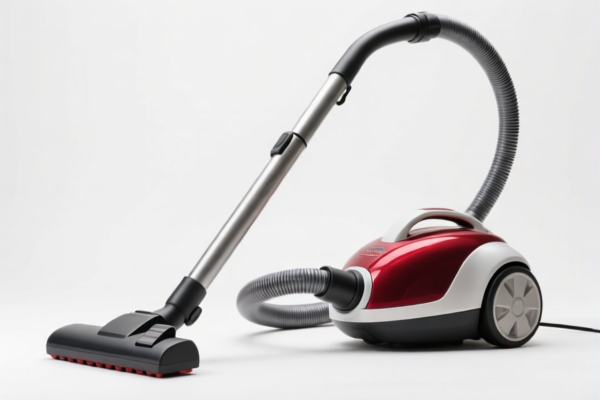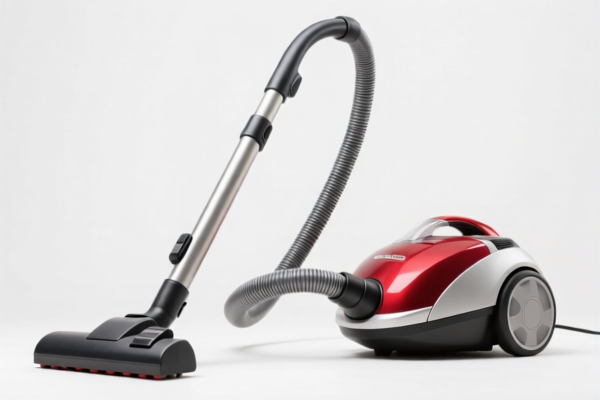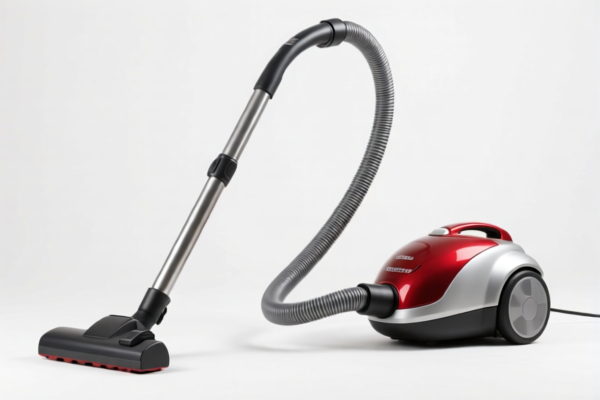| HS Code | Official Doc | Tariff Rate | Origin | Destination | Effective Date |
|---|---|---|---|---|---|
| 8414100000 | Doc | 57.5% | CN | US | 2025-05-12 |
| 8414909140 | Doc | 55.0% | CN | US | 2025-05-12 |
| 8479899595 | Doc | 32.5% | CN | US | 2025-05-12 |
| 8479899565 | Doc | 32.5% | CN | US | 2025-05-12 |
| 8508110000 | Doc | 55.0% | CN | US | 2025-05-12 |
| 8508600000 | Doc | 55.0% | CN | US | 2025-05-12 |
| 8543709860 | Doc | 57.6% | CN | US | 2025-05-12 |
| 8543906500 | Doc | 55.0% | CN | US | 2025-05-12 |




Vacuum Machine
A vacuum machine, also known as a vacuum packer, is a device used to remove air from the space surrounding food items, typically in a bag, then sealing the bag. This process serves to extend the shelf life of foods, preserve flavor, and prevent freezer burn.
Material
Vacuum machines are generally constructed from a combination of materials, including:
- Housing: Typically made of durable plastics (ABS, polypropylene) or stainless steel. Stainless steel models are more robust and commonly found in commercial settings.
- Vacuum Pump: The core component, often utilizing rotary vane or diaphragm pumps. These are typically constructed with metal alloys for longevity.
- Sealing Element: A heating element and sealing bar, usually made of stainless steel or coated alloys.
- Bag Material: Specialized multi-layer plastic bags designed to create an airtight seal. Common materials include polyethylene, nylon, and EVOH (ethylene vinyl alcohol) for barrier properties.
- Gaskets & Seals: Rubber or silicone components to maintain vacuum integrity.
Purpose
The primary purposes of using a vacuum machine are:
- Extended Shelf Life: Removing oxygen slows down the growth of aerobic bacteria and mold, significantly increasing the storage time of food.
- Preservation of Flavor & Quality: Prevents oxidation, which causes rancidity and loss of flavor. Also minimizes moisture loss, preserving texture.
- Prevention of Freezer Burn: Eliminating air contact reduces dehydration and ice crystal formation in frozen foods.
- Marinating: Vacuum sealing helps food absorb marinades more quickly and thoroughly.
- Portion Control: Allows for pre-packaging food into specific serving sizes.
- Sous Vide Preparation: Essential for preparing food using the sous vide cooking method.
Function
Vacuum machines operate on the following principles:
- Bag Placement: Food is placed inside a specialized vacuum bag.
- Air Removal: The machine evacuates air from the bag using a vacuum pump.
- Sealing: Once sufficient vacuum is achieved, the machine seals the bag shut, creating an airtight enclosure.
- Pump Shut-off: The pump automatically stops when the desired vacuum level is reached.
Usage Scenarios
- Home Kitchens: For preserving leftovers, preparing meals in advance, and storing bulk purchases.
- Restaurants & Commercial Food Service: Extending the shelf life of ingredients, portioning food for consistent quality, and preparing sous vide dishes.
- Butcher Shops & Meat Processing: Maintaining the freshness and color of meat products.
- Food Storage: Long-term storage of dry goods, such as beans, rice, and coffee.
- Sous Vide Cooking: Sealing food in airtight bags for precise temperature control during water bath cooking.
Common Types
- External Vacuum Sealers: The most common type for home use. They draw air out of the bag externally and require specialized embossed vacuum bags.
- Chamber Vacuum Sealers: More expensive and typically used commercially. The entire bag is placed inside a chamber, creating a more powerful vacuum. They can use a wider variety of bag types.
- Handheld Vacuum Sealers: Compact and portable, often used for resealing chip bags or other small items. They typically don't create as strong of a vacuum as external or chamber sealers.
- Automatic Vacuum Sealers: Feature automated bag detection and sealing processes, commonly found in commercial settings.
- Liquid Vacuum Sealers: Designed with features to prevent liquid from being drawn into the pump during the vacuuming process. Often include a "moisture" or "wet" setting.
The term "vacuum machine" can encompass several different types of equipment. Based on the provided information, here's a breakdown of potentially relevant HS codes:
-
8414100000: This code covers Air or vacuum pumps, air or other gas compressors and fans; ventilating or recycling hoods incorporating a fan, whether or not fitted with filters; gas-tight biological safety cabinets, whether or not fitted with filters; parts thereof: Vacuum pumps. This is a direct match if the machine's primary function is to create a vacuum through pumping air. The basic tariff is 2.5%, with an additional tariff of 25.0% (increasing to 30.0% after April 2, 2025), resulting in a total tariff of 57.5%.
-
8508110000: This code covers Vacuum cleaners; parts thereof: With self-contained electric motor: Of a power not exceeding
1,500 W and having a dust bag or other receptacle capacity not exceeding 20 l. If the "vacuum machine" is a household or commercial cleaning device with an electric motor under 1500W and a dust collection capacity of 20 liters or less, this code applies. The basic tariff is 0.0%, with an additional tariff of 25.0% (increasing to 30.0% after April 2, 2025), resulting in a total tariff of 55.0%. -
8508600000: This code covers Vacuum cleaners; parts thereof: Other vacuum cleaners. If the "vacuum machine" is a vacuum cleaner not meeting the specifications of 8508110000 (e.g., higher power, larger capacity), this code applies. The basic tariff is 0.0%, with an additional tariff of 25.0% (increasing to 30.0% after April 2, 2025), resulting in a total tariff of 55.0%.
-
8479899595: This code covers Machines and mechanical appliances having individual functions, not specified or included elsewhere in this chapter; parts thereof: Other machines and mechanical appliances: Other: Other Oil and gas field wireline and downhole equipment. If the vacuum machine is specifically designed for oil and gas field applications, this code may be applicable. The basic tariff is 2.5%, with an additional tariff of 0.0% (increasing to 30.0% after April 2, 2025), resulting in a total tariff of 32.5%.
According to the provided reference material, the HS code options related to 'vacuum machine' are limited, with only the following 4 found.
It is important to determine the specific function and application of the "vacuum machine" to select the correct HS code.
Customer Reviews
No reviews yet.